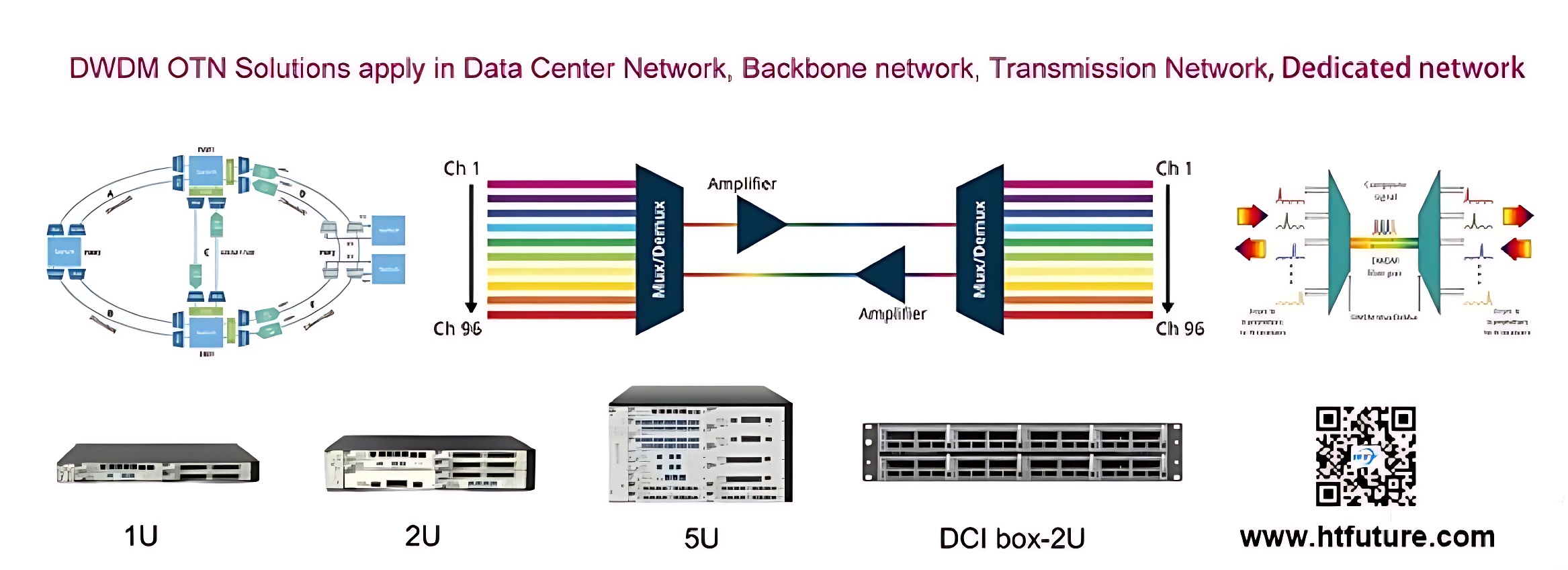One key factor that directly impacts the reliability to the DWDM paths is the power budget.
But what is Power Budget?
The power budget in optical networking refers to the difference between the output power of the transmitter and the minimum input power required by the receiver. It accounts for all losses that the signal experiences as it travels through the fiber, including attenuation, connector losses, splice losses, and other impairments. Essentially, it’s a measure of how much signal power can be lost while still maintaining a quality signal at the receiver’s end.

Importance of Power Budget:
Ensuring Signal Integrity:
DWDM systems rely on multiple wavelengths, or channels, being transmitted simultaneously over the same optical fiber. Each of these wavelengths needs to be carefully managed to avoid cross-talk and signal degradation. The power budget ensures that each channel maintains sufficient signal strength throughout its journey, preserving the integrity of the data being transmitted.
Compensating for Fiber Losses:
Over long distances, optical signals naturally degrade due to fiber attenuation. The power budget takes this degradation into account, ensuring that even at the maximum distance, the signal remains strong enough to be received without errors. This is particularly critical in long-haul DWDM networks, where the distances can span hundreds or even thousands of kilometers.
Balancing Network Components:
The power budget also influences the selection of network components, such as amplifiers, attenuators, and optical add-drop multiplexers (OADMs). Amplifiers may be used to boost the signal strength at certain points in the network, while attenuators can be used to prevent the signal from being too strong, which could cause nonlinear effects and signal distortion.
Adapting to Network Growth:
As networks evolve and expand, the power budget must be re-evaluated to account for additional components and longer fiber spans. This ensures that new links can be integrated without compromising the performance of the existing network.
Mitigating Nonlinear Effects:
High signal power can lead to nonlinear effects in the fiber, such as four-wave mixing (FWM) and self-phase modulation (SPM), which can degrade the performance. The power budget helps to manage signal levels to avoid these kinds of issues.
Why Power Budget is Crucial for DWDM Deployment:
A well-designed power budget is the backbone of any successful DWDM deployment. It not only ensures that signals are transmitted with sufficient strength but also that they are free from errors when they reach their destination.
If want to know more and buy this DWDM product, welcome to contact HTF, HTF can help you expand the network capacity by DWDM solution.
HTF can help you design coherent 400G/200G/100G DWDM/OTN solution, DWDM Single lamda support 10
0G/200G/400G Dual fiber/Single fiber Ultra long distance transmission. Expand your network capacity and DCI network easily.


